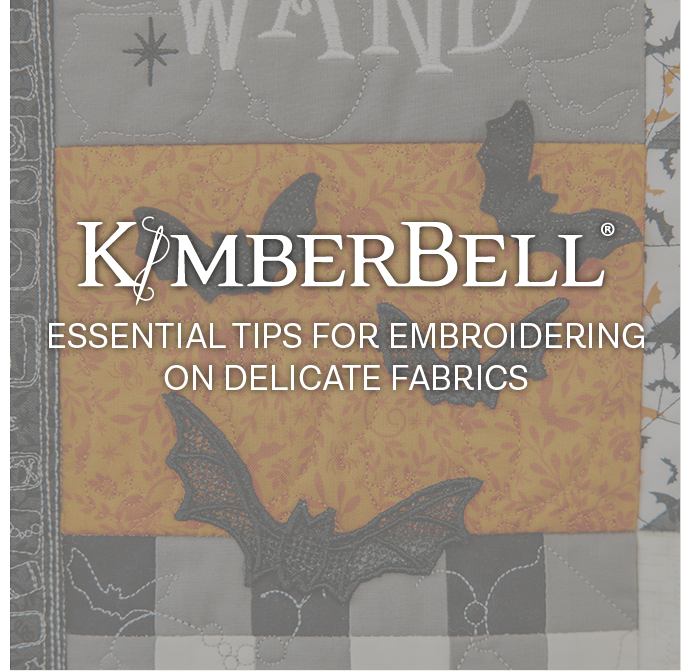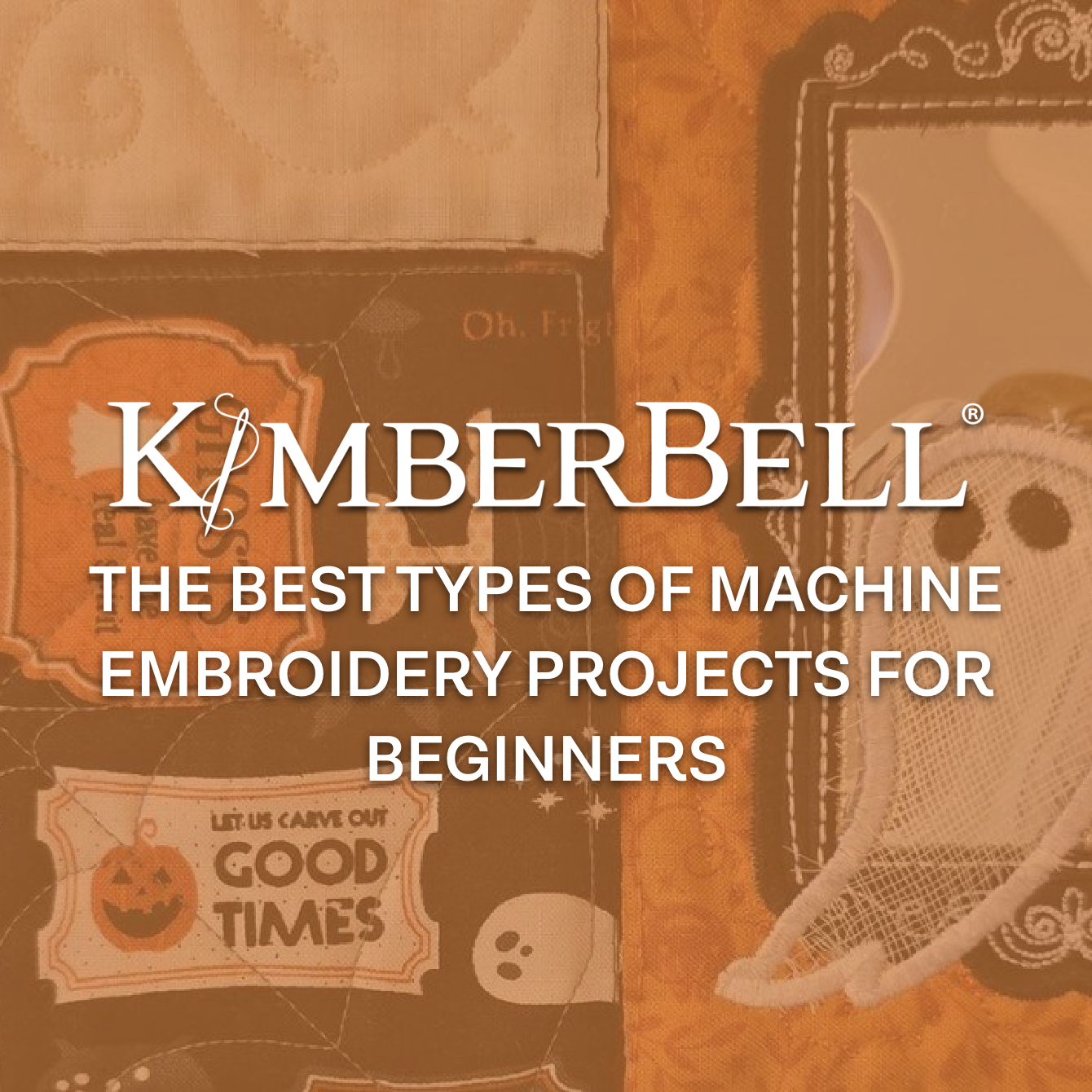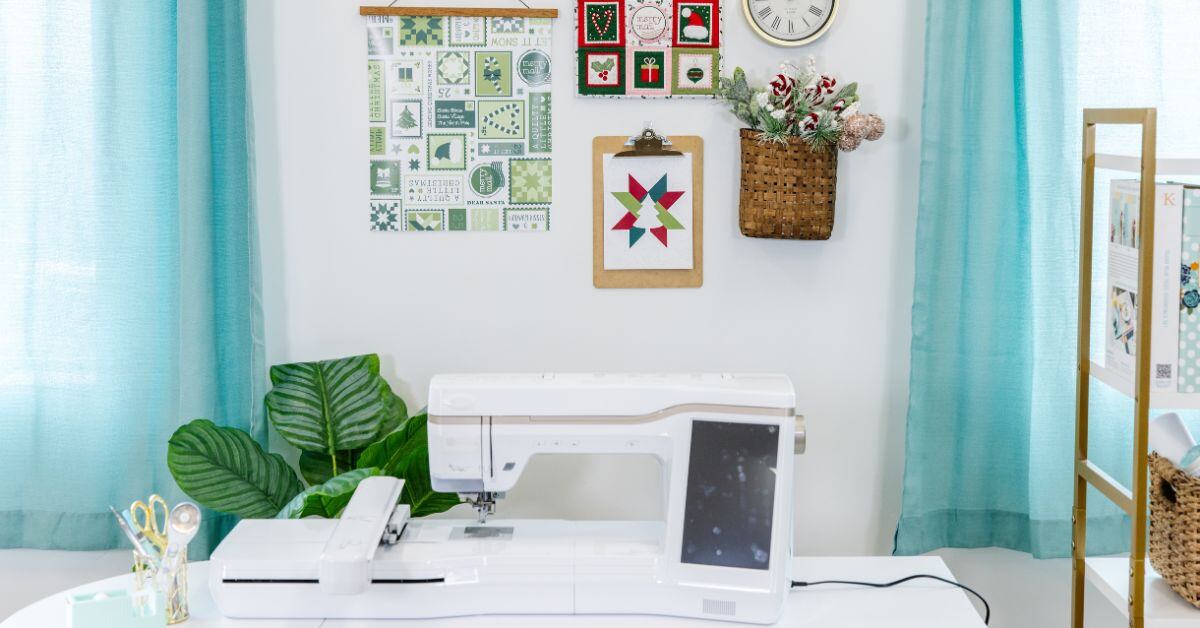Essential Tips for Embroidering on Delicate Fabrics

Working with fine, floaty fabrics can feel like trying to catch a cloud. They slip, they slide, and the thought of putting a needle through them can be a little intimidating. But the results can be stunning: a cascade of flowers on a sheer organza overlay, a touch of sparkle on a satin lapel, or a custom design on a wispy chiffon scarf.
These are the projects that turn heads and make memories, after all. If you’re ready to add a touch of embroidered magic to these beautiful materials, we’ve got essential tips for embroidering on delicate fabrics.
Understand the Specifics of the Delicate Fabric
Before you thread your needle, getting to know your fabric is the first step to success. Each delicate material has its own personality, and understanding its quirks will help you choose the right design, stabilizer, and technique.
Organza
Since organza is so transparent, any mistakes or stabilizer remnants will be visible. It can also be quite slippery, so handling it requires a gentle but firm touch. The crispness means organza holds its shape well, but it’s also prone to fraying and puckering if the embroidery design is too dense.
Tulle
This lightweight, net-like fabric is incredibly delicate and has an open weave. Tulle’s structure means it can easily tear or catch in the embroidery machine. Stitching on tulle requires careful planning so the design has enough foundation to hold onto without disappearing into the holes or damaging the fabric.
Chiffon
This lightweight, plain-woven fabric features a soft and flowing drape. Known for its slightly rough texture and sheer quality, chiffon shares similarities with organza in being slippery and difficult to hoop. It’s also prone to snagging and pulling, so careful handling with needles and hooping techniques is essential to prevent permanent marks.
Satin
Known for its glossy surface and luxurious feel, satin is a favorite among many. Its tightly woven fibers create that signature sheen, but they are also prone to “hoop burn,” where the pressure from the hoop leaves a mark. Additionally, satin shows every single needle perforation, so using a clean, sharp needle is essential to avoid snagging the delicate threads.
Choose Your Designs Carefully
Less is more when embroidering on delicate fabrics. Heavy, dense designs with lots of stitches packed into a small area can overwhelm the fabric, causing it to pucker, bunch, or even tear.
Instead, look for light, airy designs with open spaces and running stitches. Sketch-style embroidery and simple linework are fantastic choices. These styles add a beautiful touch without putting too much stress on the material.
Think about the final look you want to achieve, then choose a design that enhances the fabric’s natural beauty rather than fighting against it. You’ll save yourself time and effort and enjoy a nicer final result.
Prepare the Fabric Before Embroidering
Before you begin embroidering, wash and press your fabric according to its care instructions. Pre-shrinking the material prevents surprise puckering after your first wash. Ironing removes wrinkles and creases, giving you a perfectly smooth surface to work on.
Choose the Right Stabilizer
A stabilizer is essential for delicate fabrics. It provides the support your fabric needs to handle stitches without stretching or distorting. For many sheer fabrics, a wash-away stabilizer is a great option because it dissolves completely in water, leaving no trace behind.
For fabrics that can handle a little more body, a cutaway stabilizer offers permanent support. A high-quality tearaway machine embroidery stabilizer is also a fantastic choice, as it provides excellent stability during stitching and can be gently torn away afterward.
Follow the Proper Stabilizer Application Process
When using wash-away or cutaway stabilizers, always hoop them taut and smooth. If using a temporary spray adhesive, apply it evenly and lightly on the stabilizer before positioning your fabric. For tearaway stabilizers, make sure they cover the entire embroidery area and extend beyond it to provide ample support. Proper application prevents shifting and maintains consistent tension throughout the embroidery process.
Work With the Hoop Carefully
Even when floating your fabric, handling the hoop requires a delicate touch. Hoop the stabilizer evenly and tightly, as this provides the foundation for your entire project. When you place your fabric onto the adhesive-coated stabilizer, smooth it out gently from the center to the edges.
Avoid stretching or pulling the material, as this can lead to distortion in your final design. Taking a few extra moments to get this step right will save you a lot of potential frustration later on.
Check Tension Throughout the Process
Before you start your main project, always run a test swatch with the same fabric, needle, thread, and stabilizer combination. This way, you can check for tension issues. If the bobbin thread shows on top or the top thread gets pulled to the back, you’ll need to adjust.
Fully Remove Excess Stabilizer
If you used a tearaway version, carefully tear it away from the design, using one hand to support the stitches while you gently pull with the other. For wash-away stabilizers, simply follow the manufacturer’s instructions for dissolving them.
And if you used a cutaway stabilizer, trim as close to the design as possible with a small pair of curved embroidery scissors. Taking your time during this step will help your final piece look clean and polished.
Take Care of Your Garment Well After Embroidering
You’ve created a beautiful piece, and now you want it to last! Delicate fabrics with embroidery require even more careful maintenance. Always follow the care instructions for the fabric itself. Generally, this means handwashing in cool water with a mild detergent or using the gentle cycle on your machine.
Avoid harsh wringing or twisting. To dry, roll the item in a towel to absorb excess water, then lay it flat or hang it to air-dry. A little extra love will keep your embroidered creations looking fabulous for years to come.
Let Your Creativity Blossom With Delicate Designs
These tips for embroidering on delicate fabrics open up a whole new world of possibilities. You can transform the sheerest, most lightweight materials into works of art.
Now that you have the knowledge, it’s time to gather your tools! Find the perfect stabilizers, designs, and other machine embroidery essentials right here at Kimberbell to bring your delicate, dreamy projects to life.



